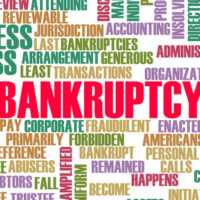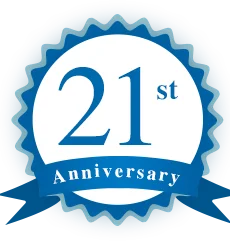Calculating Disposable Income In A Chapter 13 Plan

In a Chapter 13 bankruptcy, a consumer will pay some money to an unsecured creditor through the life of the Chapter 13 bankruptcy plan. But how much will be paid? In most cases, nowhere near the amount that is owed—one huge benefit of Chapter 13 is the ability to pay off loans for pennies on the dollar.
But how does the court know what your payments should be or how much you will pay? That depends on disposable income. As you can imagine, that term can be pretty broad.
Median Income
The first step in determining your payments to your unsecured creditors is to see what your income is, and compare it to the median income in your state. There are income figures put out by the government telling you what Florida’s median income is.
If you are below the median income, there are some advantages for you. Your monthly Chapter 13 payments to creditors may be little or nothing at all. Additionally, the life of the plan will be three years, instead of the standard five. Your disposable income really doesn’t even matter if you are below your state’s median income.
Disposable Income
If you are above the median income, you’ll calculate your income and deduct certain specified expenses.
That includes secured payments (like a car or mortgage payment) and some other priority, non-dischargeable debts like child support or tax obligations. You can also deduct reasonable living expenses. There may be some debate about what a living expense is, but generally, you must follow IRS guidelines for the expense.
The remainder, after these deductions, is considered your disposable income. This is what you will pay to creditors over the course of five years.
Obviously, you won’t ever pay more than what you owe to creditors, but if your disposable monthly income over five years is less than what you owe, that’s fine—the balance of what you owe will be discharged once you are finished with your plan.
Owning Property
Owning valuable property can sometimes create a problem in a Chapter 13 because creditors can’t receive less in a Chapter 13 than they would in a Chapter 7.
So let’s assume that you own $100,000 in non-exempt property that would have been taken by the court had you filed for Chapter 7. In a Chapter 13 case, for creditors to realize that amount, your payment would have to be $1,6666 per month ($100,000 / 60 months) plus any required fee due to the Chapter 13 Trustee.
The good news is that if you can make that payment, you won’t lose the property. However, if you don’t have the income to make that kind of payment, you may not qualify for a Chapter 13, and may have to file for Chapter 7 or Chapter 11.
Chapter 13 may be a good option to help you. Call the West Palm Beach bankruptcy lawyers at Kelley Kaplan & Eller at 561-264-6850 for help today.
Resource:
uscourts.gov/forms/means-test-forms/chapter-13-calculation-your-disposable-income



